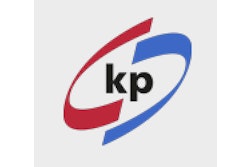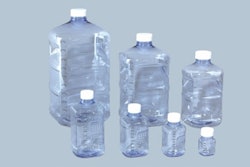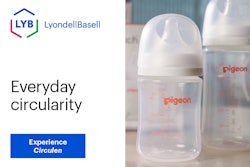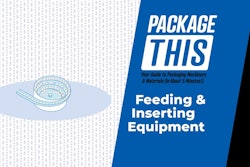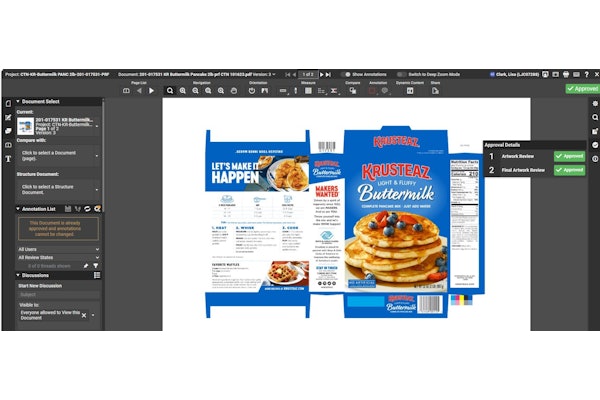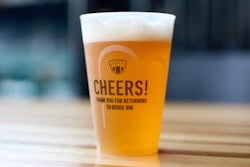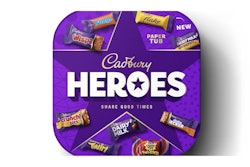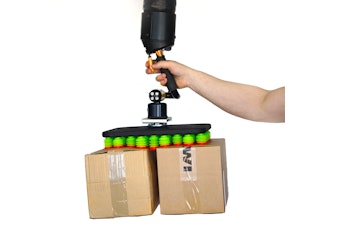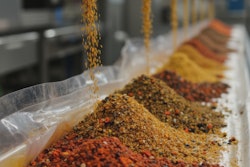The research was conducted at Clemson by Klöckner Pentaplast, and 402% more purchases were received for clear plastic clamshells. Longer fixations on clear plastic clamshell packages showed that they are a more attractive packaging option to consumers, according to the research.
Eye movement metrics supported the results, with clamshells being looked at faster, more, and for longer periods of time. The experiment findings revealed several significant messages: 1) clear plastic clamshell packages were fixated on for 343% longer than paperboard packages; 2) clear plastic clamshell packages received 675% more fixations than paperboard packages; 3) clear plastic clamshell packages were found 40% faster than paperboard packages; and 4) clear plastic clamshell packages were purchased 402% more than paperboard packages, with some products seeing as much as 500% more sales in the clamshell package over the paperboard package.
The study was conducted in a re-creation of a shopping environment to examine the differences in how customers shop for products when they have the option for a clear plastic clamshell package or a printed paperboard box. The study consisted of 68 participants from age 18 to over 65 with fairly diverse income distribution. 76.5% of participants claimed to the primary shopper for their household.
During the study, the 68 participants wore eyetracking glasses and were given one of five random shopping lists and instructed to go into the shop and select a product for each item on their shopping list. Shoppers were asked to find a men’s razor, an electric toothbrush, and an air freshener. There was only one type of each of these products available, but it existed in both a clear plastic clamshell and paperboard box form (positioned side by side). The experiment was carried out over two days with a similar number of participants on each day, and after the first day, the order of the packages was swapped to eliminate any bias based upon positioning.
During this process, their eye movements were recorded at a rate of 30 times per second. A pair of Tobii eyetracking glasses was utilized in this study. These glasses look similar to reading glasses and are attached to a recording assistant, which records eye movement data onto an SD card. These glasses record samples 30 times per second and are similar to typical, widely used eyetrackers; however, the Tobii glasses are a mobile eyetracker and allow the participant free movement in a realistic environment. The eye movements were used to corroborate the results and provide insights on why participants purchased the item they did.



